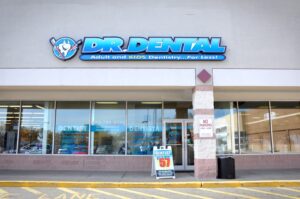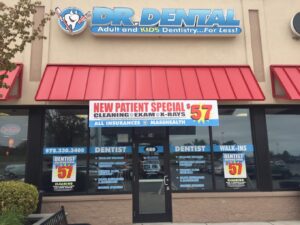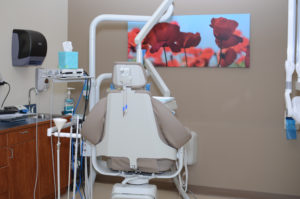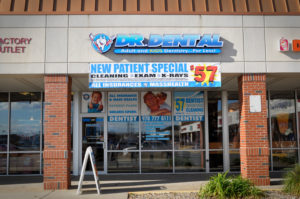Dental Crowns
A tooth crown is a type of dental fixed restoration that is cemented by the dentist to an existing tooth or implant. There are many reasons why a dental crown may be used to completely cover or cap an existing tooth.
Your dentist may recommend a tooth crown to:
- Attach a bridge
- Cover a tooth that has had a root canal
- Restore a broken tooth
- Prevent a fractured tooth from breaking
- Replace a large missing filling where there is insufficient tooth remaining
- Cover a discoloured or misshaped tooth
- Cover a tooth implant
Dental Crown Procedure
Dental crowns are fashioned from a number of different materials as described below. To prepare the original tooth to be fitted with a dental crown, the dentist first makes a tooth impression using polyvinyl siloxane. The existing tooth is then drilled down to no more than a peg onto which the new tooth crown will fit. The tooth impression is sent to a laboratory to manufacture the crown. The dentist will fit a temporary dental crown that he can make on site to protect the original tooth from decay while the new tooth crown is being fabricated.
Temporary crowns are designed for limited use. Some patients who receive a temporary crown mistakenly believe that it can last for weeks or even months, especially if the temporary dental crown is constructed of stainless steel (acrylic is another common temporary crown material). It’s important to follow up with your scheduled permanent crown appointment, as temporary crowns will eventually dislodge, displace or cause severe pain. A “slipped” temporary crown can potentially lead to gum infections and more…so remember to follow up with your second crown appointment, and if you have to push it back, work with your dentist to schedule the new appointment ASAP.
Materials Used to Make Dental Crowns
Dental crowns are manufactured from a variety of substances, depending on the age of the patient, cost and other factors.
-
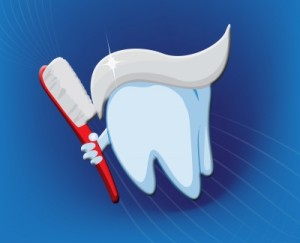
Stainless steel – Prefabricated stainless steel dental crowns are used as temporary teeth crowns while a permanent dental crown is being manufactured in the lab from a different material. In children, stainless steel teeth crowns are sometimes placed on a damaged primary tooth to protect it from further decay. The temporary dental crown pops off of its own accord when the child’s primary tooth comes out to make room for the permanent tooth.
- Metal teeth crowns – These are made from alloys of gold, palladium or base metals such as chromium or nickel. The benefits of metal crowns over other types include the need for less of the original tooth structure to be removed and less wear and tear on opposing teeth. Metal dental crowns do not break or chip and tolerate biting and chewing very well. Their only drawback is their appearance. For this reason, they are used mostly for molars.
- Porcelain – A porcelain dental crown may be fused to a metal (i.e., gold alloy) or porcelain alone. Porcelain and metal crowns are stronger than those made from porcelain alone. Their advantage is they are able to more closely match the color of the neighboring teeth. In photographs, they may reflect light more brightly than natural teeth, creating the illusion that the tooth crown is the only tooth in the mouth.
